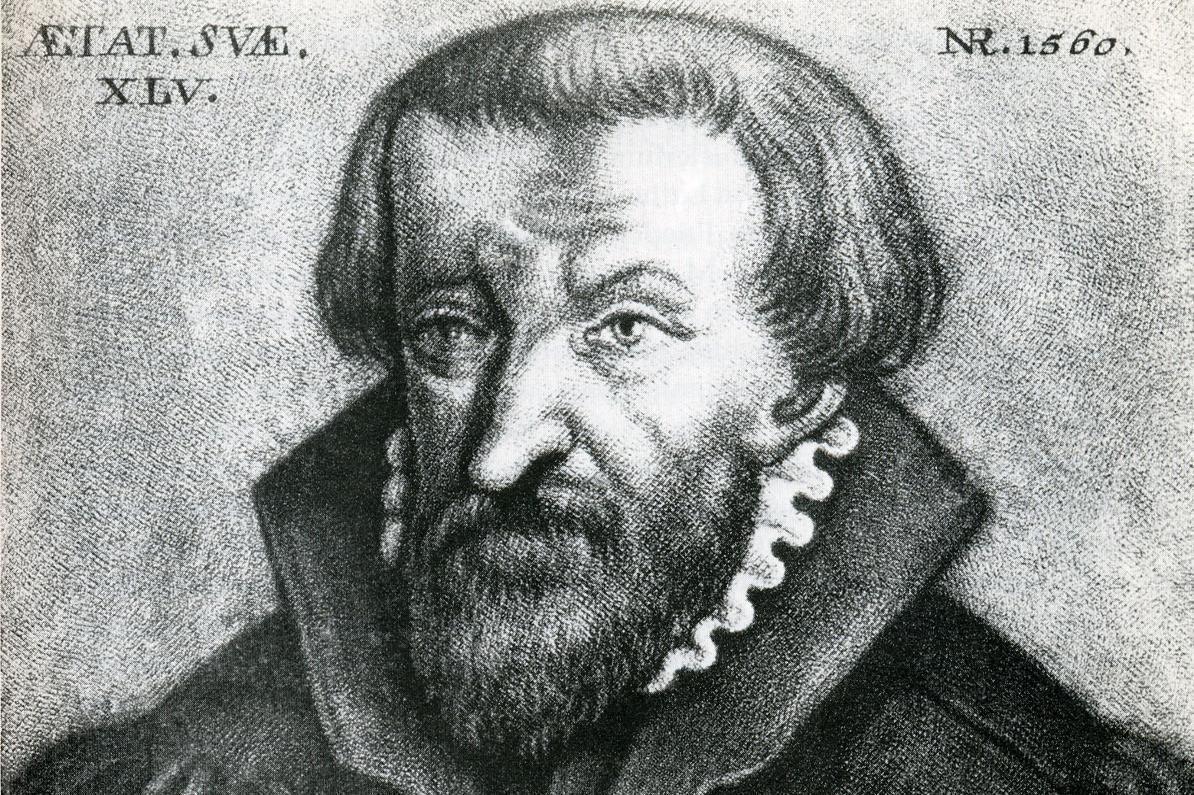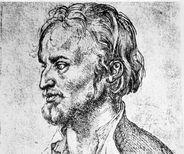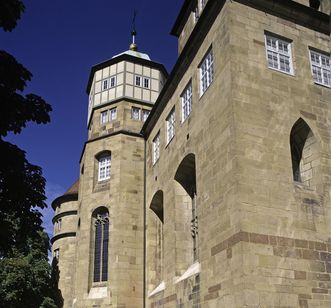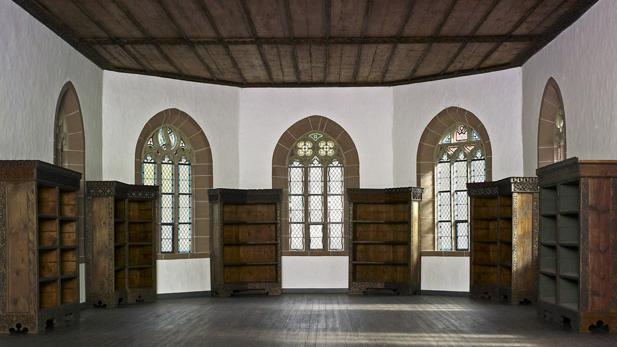WHAT INFLUENCED KARG THE MOST?
Johannes Karg was born into a time of upheaval. The society of his time was characterized by humanism and the Reformation. Even while he was still at school in Augsburg and later during his studies in Tübingen and Wittenberg, he came into contact with famous scholars such as Jacob Andreae, Caspar Cruciger, Philipp Melanchthon and Martin Luther. Their theological views were the heaviest influences on Karg's career.






